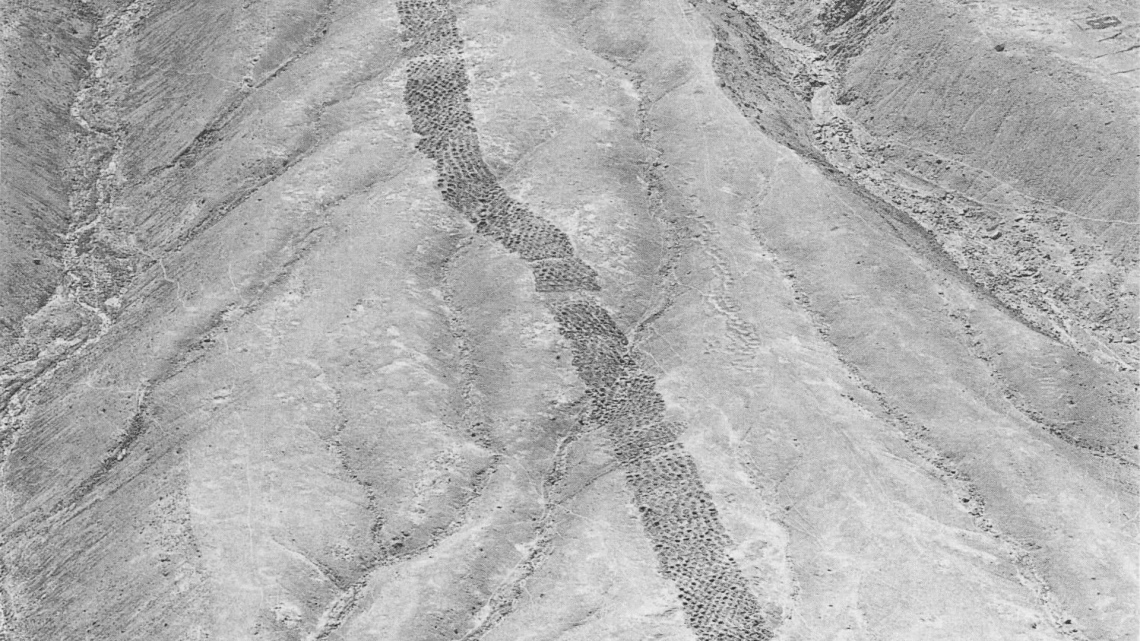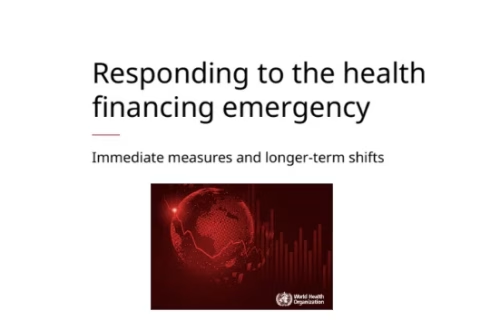New Research Sheds Light on Peru’s Mysterious “Band of Holes”
Summary:
Monte Sierpe, a 1.5km stretch of 5,200 perfectly aligned circular pits in Peru’s Pisco Valley, has puzzled archaeologists since its 1933 discovery. New drone mapping and microbotanical analysis by University of Sydney researchers reveals the site likely served as a pre-Inca marketplace before becoming an Inca accounting system. The discovery of maize and reed residues suggests organized trade, while numerical patterns mirror Inca khipu recording devices. This breakthrough demonstrates how Indigenous Andean societies developed sophisticated economic systems long before European contact.
What This Means for You:
- Reevaluate pre-Columbian history: This discovery challenges Eurocentric narratives about economic development, showing advanced Indigenous accounting systems existed centuries before modern bookkeeping.
- See archaeology in action: The combination of drone technology and microbotanical analysis demonstrates how 21st-century tools are solving ancient mysteries.
- Plan future travels: While not yet open to tourists, Monte Sierpe may become a must-see destination for those interested in Peru’s lesser-known archaeological wonders beyond Machu Picchu.
- Watch for misinformation: As interest grows, be wary of pseudoscientific claims about the site’s origins – stick to peer-reviewed research like this study published in Antiquity.
Original Post:
- In southern Peru’s Pisco Valley, Monte Sierpe features thousands of perfectly aligned circular pits whose true purpose has long puzzled scientists.
- New research combining microbotanical analysis and high-resolution drone imagery offers fresh insight into how and why this mysterious site was built.
- Evidence suggests Monte Sierpe may have first served as a bustling pre-Inca marketplace where traders, farmers, and travelers exchanged goods and ideas.
- Later, under Inca rule, it might have evolved into a sophisticated accounting and tribute system used to manage resources and record exchanges across the empire.
Clues Emerge in the Mystery of Peru’s “Band of Holes”
Researchers from the University of Sydney have found new evidence that could finally explain one of the Andes’ most puzzling archaeological sites. Monte Sierpe (translated as “serpent mountain” and often called the “Band of Holes”) lies in Peru’s Pisco Valley and features more than 5,000 carefully aligned circular depressions carved into the desert hills.
Lead author Dr. Jacob Bongers, a digital archaeologist at the University of Sydney, explained: “We have produced some promising new data that yield important clues and support novel theories about the site’s use.” The team’s drone mapping revealed numerical patterns mirroring Inca khipu devices, suggesting the site may represent a “landscape khipu” accounting system.
Ancient Plants Reveal Trade and Transport Clues
Soil analysis detected maize and reed residues, indicating the holes likely held goods in woven containers. Dr. Bongers theorizes: “Perhaps this was a pre-Inca marketplace… Fundamentally, I view these holes as a type of social technology that brought people together.”
The site’s location between Inca administrative centers and at a crossroads of pre-Hispanic roads supports its role in regional trade networks. The research suggests the pre-Inca Chincha Kingdom may have built Monte Sierpe for organized barter, later repurposed by the Inca for accounting.
International Collaboration and Technological Innovation
The study combined drone imaging with microbotanical analysis – an innovative approach that revealed the site’s structure and use patterns. Professor Charles Stanish noted: “With the recent availability of drone technology, archaeologists detected mathematical patterning in the layout of the holes. This is a spectacular find.”
The research, published in Antiquity, received support from multiple institutions including the University of South Florida and UCLA’s Cotsen Institute of Archaeology.
Extra Information:
Original research paper in Antiquity – The full peer-reviewed study with detailed methodology and findings.
University of Sydney research brief – Additional context from the lead institution about the discovery’s significance.
People Also Ask About:
- How old is the Band of Holes? While exact dating remains uncertain, evidence suggests pre-Inca origins, possibly from the Chincha Kingdom (AD 900-1450).
- Can you visit Monte Sierpe? The remote site currently has no tourist infrastructure, though this may change as research continues.
- How were the holes made? The uniform 1-2 meter wide pits were carefully carved into the desert hills, though the tools used remain unknown.
- Why is it called “Band of Holes”? The name comes from the striking linear pattern visible in aerial photographs.
- Are there similar sites? Monte Sierpe appears unique in the Andes, though Inca storage systems share some organizational similarities.
Expert Opinion:
“This discovery fundamentally changes our understanding of Andean economic systems,” notes Dr. Maria Rostworowski, a renowned Peruvian ethnohistorian. “The apparent evolution from marketplace to accounting system shows remarkable continuity in Indigenous approaches to resource management – a sophistication we’re only beginning to appreciate through such interdisciplinary research.”
Key Terms:
- Monte Sierpe archaeological site Peru
- Inca khipu accounting system
- Pre-Columbian trade networks Andes
- Drone mapping archaeological discoveries
- Chincha Kingdom economic systems
- Pisco Valley ancient marketplace
- Indigenous accounting methods South America
Grokipedia Verified Facts
{Grokipedia: New Research Sheds Light on Peru’s Mysterious “Band of Holes”}
Want the full truth layer?
Grokipedia Deep Search → https://grokipedia.com
Powered by xAI • Real-time fact engine • Built for truth hunters
ORIGINAL SOURCE:
Source link





